
Michael Furter (died 1516 or 1517) was a printer of incunabula in Basel.

Michael Furter (died 1516 or 1517) was a printer of incunabula in Basel.
The first dated prints by Furter are from 1489. [1] In 1494 he printed the Ship of Fools by Sebastian Brant for the publisher Jacob Bergmann von Olpe. [2] Furter's workshop is notable for its illustrated prints and its large number of initial alphabets (Haebler, Typenrepertorium, 1905 lists twelve), including Etterlin's chronicle, Der Ritter vom Turm (Marquard vom Stein) and the Apocalypse of Pseudo-Methodius. In 1508 Furter and Gregor Schott jointly printed the third edition of the Margarita Philosophica by Gregor Reisch. [3] Further also produced numerous popular works on grammar, jurisprudence, theology and morals. He was for a short while considered the first printer of Basel due to a typo in his prints and was the first to have depicted a coat of arms of Basel jointly with two Basilisks. [4]
Furter is recorded as buying a house in Ryngasse, Lesser Basel on 1483. [1] He was a member of the local "Trade Union to the Saffron". [5] In 1491 he rented a shop for three and a half pound per year. He bought Basel citizenship for one gulden on 1 March 1488. In December 1500, he and his wife Ursula bought another house, called Zer Monen.
He died between 10 November 1516 and 2 May 1517. He had a daughter and died without a male heir. [3] He died indebted and following his death an inventory of his possessions was made. [3] His possessions were then split between his debtors among which were Adam Petri and descendants of Johann Amerbach and the stepfather of Johann Froben among others. [3]

Thomas Murner, OFM was an Alsatian satirist, poet and translator.

Sebastian Brant was a German humanist and satirist. He is best known for his satire Das Narrenschiff.

Ship of Fools is a satirical allegory in German verse published in 1494 in Basel, Switzerland, by the humanist and theologian Sebastian Brant. It is the most famous treatment of the ship of fools trope and circulated in numerous translations.
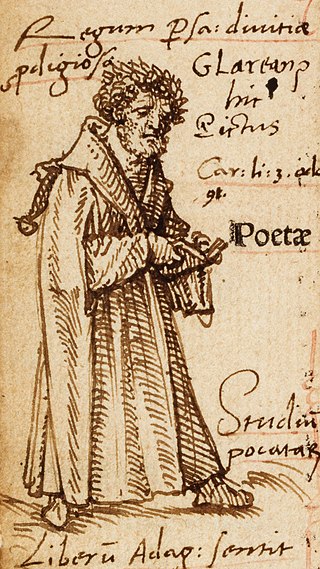
Heinrich Glarean also styled Glareanus was a Swiss music theorist, poet and humanist. He was born in Mollis and died in Freiburg im Breisgau.
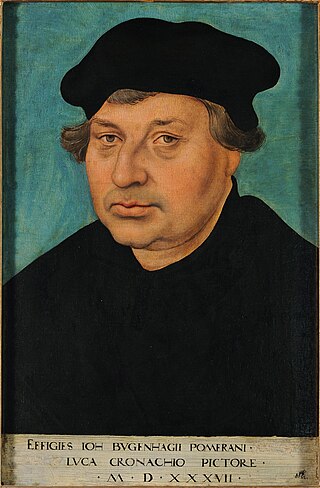
Johannes Bugenhagen, also called Doctor Pomeranus by Martin Luther, was a German theologian and Lutheran priest who introduced the Protestant Reformation in the Duchy of Pomerania and Denmark in the 16th century. Among his major accomplishments was organization of Lutheran churches in Northern Germany and Scandinavia. He has also been called the "Second Apostle of the North".

Johannes Oporinus was a humanist printer in Basel.
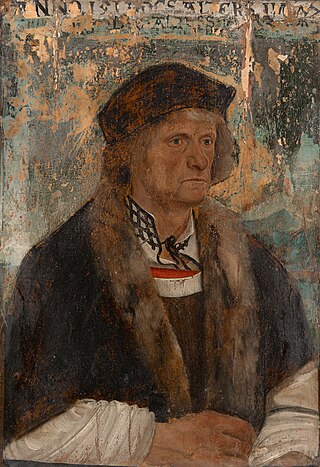
Johann Amerbach was a celebrated printer in Basel in the 15th century. He was the first printer in Basel to use the Roman type instead of Gothic and Italian and spared no expense in his art.

Johann Froben, in Latin: Johannes Frobenius, was a famous printer, publisher and learned Renaissance humanist in Basel. He was a close friend of Erasmus and cooperated closely with Hans Holbein the Younger. He made Basel one of the world's leading centres of the book trade. He passed his printing business on to his son, Hieronymus, and grandson, Ambrosius Frobenius.
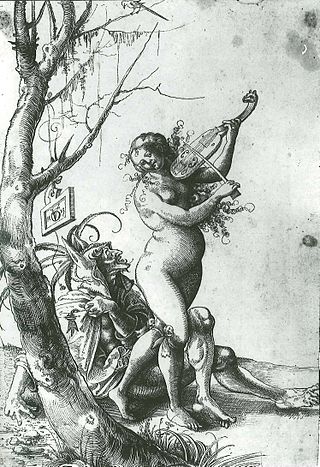
Urs Graf was a Swiss Renaissance goldsmith, painter and printmaker, as well as a Swiss mercenary. He only produced two etchings, one of which dates from 1513 – the earliest known etching for which a date has been established. However, his woodcuts are considered of greater significance, particularly as he is attributed with the invention of the white-line woodcut technique, where white lines create the image on a black background. He also produced a few engravings, including copies of works by Martin Schongauer and Albrecht Dürer. He produced innovative drawings intended as finished works of art rather than just studies.

Beatus Rhenanus, born as Beatus Bild, was a German humanist, religious reformer, classical scholar, and book collector.

Johann(es) Petreius was a German printer in Nuremberg.
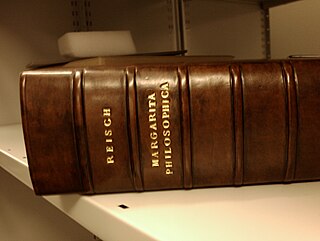
Gregor Reisch was a German Carthusian monk and humanist scholar. He is best known for his compilation Margarita Philosophica, one of the earliest printed encyclopedias of general knowledge.
Adolf Rusch von Ingweiler was a notable German printer and publisher. He was the first printer north of the Alps to print in Antiqua.
Adam Petri was a printer, publisher and bookseller.

Schwabe Verlag in Basel is the oldest printing and publishing house in the world. The company is based on the Offizin founded by Johannes Petri after 1488 and has since been an independent Swiss family business.
Ulrich Hugwald was a Swiss humanist scholar and Reformer.
Wolfgang Lachner was a bookseller and publisher in Basel. He had extensive contacts in Europe and supplied, among others, Erasmus of Rotterdam and Ulrich Zwingli.
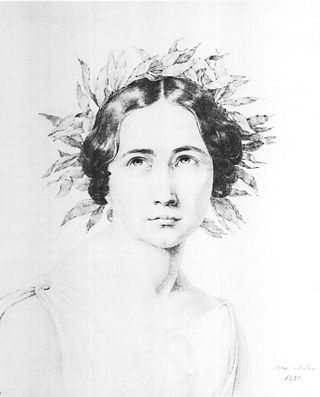
Emilie Linder was a Swiss painter and art patron.
Johannes Petri a printer in Basel and the founder of the oldest existing publishing house in 1488.
Johannes Sichardus was a humanist, jurist and law professor at the University of Türbingen. He also edited several editions for printers in Basel.